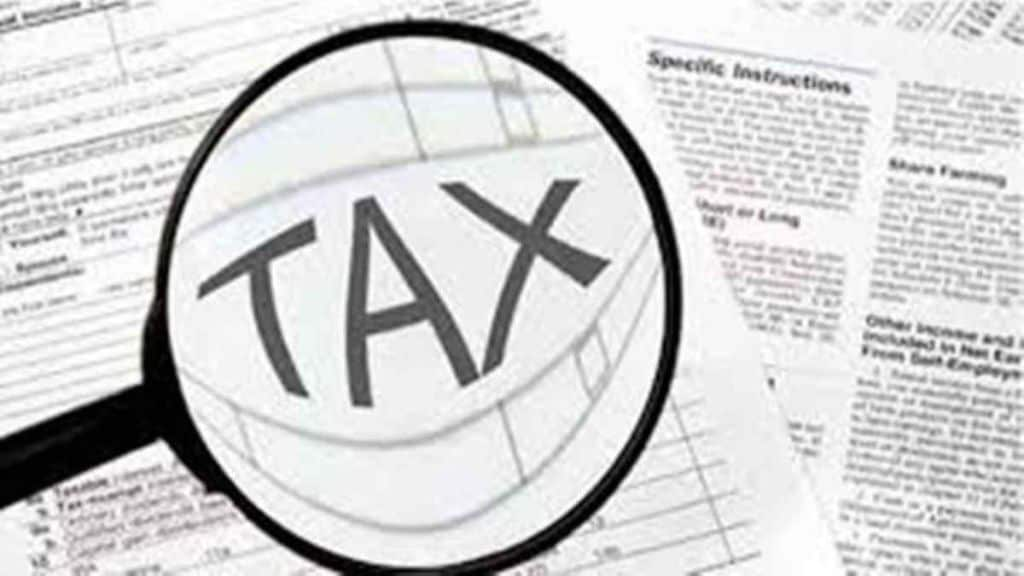– By Poorva Prakash
Union Finance Minister, Ms. Nirmala Sitharaman, will present the interim budget 2024 before the Parliament on 01 February 2024. This budget would be a vote-on-account whereby she will seek approval from the Parliament for a grant in advance to meet the Centre’s expenditure for the first 4 months of 2024-25. After the election, the elected government will present the full Budget. Even though it is a vote-on-account Budget, there are however expectations from individual taxpayers of positive announcements from the government to address concerns of individuals relating to measures taken earlier.
Focus on New Tax Regime (NTR):
The New Tax Regime (NTR) was first proposed in Union Budget 2020-21. The latest changes to the NTR were made in Union Budget 2023-24, which brought 5 significant changes – improved rebate, modified tax structures/ slabs, reduced surcharges, higher exemption on leave encashment for retirees in private sector and extension of standard deduction in the NTR.
However, the old tax regime remains favored by many despite reduced taxes in NTR. But, theNTR does not permit claiming exemptions and deductions while computing total taxable income which is available under the old regime. Therefore, to enhance the appeal of NTR, the common man anticipates government’s consideration in:
i. Reducing the income tax rate to 20% for income between Rs 10 lakh and Rs 20 lakh and to 25% for income over Rs 20 lakh
ii. Factoring elevation in standard deduction from INR 50,000 to INR 100,000
iii. Extending rebate under Section 87A to Non-Residents
Processing of tax refunds:
Under the existing tax provisions, tax authorities can withhold refunds for taxpayers who are undergoing tax assessments or reassessment, if the refund value exceeds INR 1 million or more. In such cases, withholding of refund will block the funds of taxpayers. Hence the suitable change can be introduced under section 245 such that the taxpayer is provided with prior intimation and opportunity of being heard and limiting the withholding of refund up to 20% of the demand. This would strike a balance between the tax authorities’ assessment process and will provide a relief to the taxpayer to address any cash flow situation.
At present, tax refunds are disbursed to pre-validated Indian bank accounts. In case of non-resident individuals, particularly foreign nationals, who may have closed their Indian bank accounts upon leaving the country, there is no option to settle the tax refunds directly in their overseas bank accounts. In such cases for processing of refunds, the foreign bank accounts should be considered for tax refunds, particularly in case of PAN-holders registered as non-residents or foreign nationals.
Speedy disposal of appeals:
Various initiatives have been undertaken by the government to smoothen the compliance and litigation procedures under the tax laws. However, after the implementation of the faceless appeal scheme, case pendency at the first appellate stage “CIT(A)” has surged. To expedite the disposal of certain appeals pending with Commissioner (Appeals), a new authority in the rank of Joint Commissioner/ Additional Commissioner [JCIT(Appeals)] was introduced last year. Since, there are no prescribed timelines for disposal of appeals at this stage, prolonged litigation without closure certainty does not help in reducing the appeal backlog. Introduction of timelines for appeals disposal at the first appellate stage, could significantly help in speedy disposal of appeals.
Robust Tax Collection Machinery:
The tax administration has taken significant steps towards digitizing compliance. This has helped in increasing the taxpayer base and tax collections. To further enhance the tax base and automation, the government could introduce additional measures.
Taxpayers are allowed tax credits/other benefits in terms of taxes paid outside India, subject to the fulfilment of certain conditions. As of now, the benefits are available for individuals to claim in their income tax return. Hence, these individuals end up with a huge refund as there is no express provision for the employer to consider the benefit at the time of tax withholding. To provide relief and avoid refund scenarios and related cash flow issues, guidelines can be issued for considering benefits under Section 90 at the time of tax withholding and disclosing them appropriately in the eTDS returns.
Furthermore, according to current provisions, resident home buyers are required to deposit 1% of the purchase value as TDS, where the property value is INR 50 lakh or more. Although the TDS deposit process is simple and convenient, the requirements are more complex if the seller is a Non-Resident Indian (NRI). In cases where the seller is an NRI, the tax is deducted at a higher rate and the buyer is also required to obtain a TAN, deposit the tax deducted, and file e-TDS returns. Obtaining TAN for the mentioned purpose alone may result in having more inactive TANs down the line. To address the above-mentioned issue, the TDS process applicable for cases where the seller is an NRI, may be eased by introducing a TDS process that is similar to that of a Resident seller.
While, major announcements via interim budget 2024 may be unlikely given that it is a vote-on-account Budget, some of the aforementioned changes could address the expectations of the taxpayers.
(Poorva Prakash is the Partner at Deloitte India.)
(Disclaimer: Views expressed are personal and do not reflect the official position or policy of Financial Express Online. Reproducing this content without permission is prohibited.)


